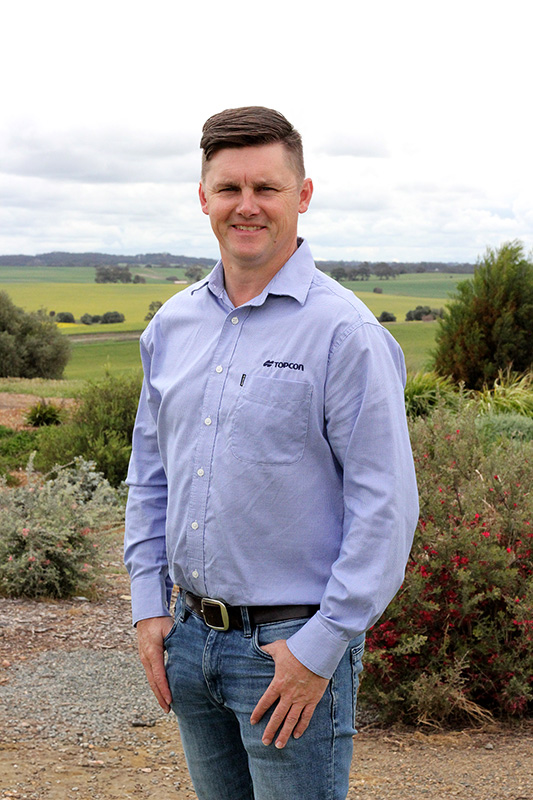Discover how solar flares affect us and get some tips to keep your farm running smoothly.
We all know that farmers rely heavily on technology for everything from planting to monitoring weather conditions. But what happens when solar activity, including solar flares, starts disrupting that technology? We spoke with Kane Ryan, Manager of Professional Services APAC at Topcon, to discuss the Topcon knowledge article, Increasing solar activity, and learn more and find out how you can minimise the impact on your farming operations.
What’s the deal?
Right now, there’s a lot of solar activity as we approach the peak of an 11-year solar cycle, a phase known as “solar maximum.” During this time, the Sun’s magnetic poles flip, leading to more sunspots, flares, and coronal mass ejections (CMEs).
While these events are visually fascinating, they can really impact our technology, especially GPS and communication systems, which are crucial forthe agricultural community.
We’re seeing it affect GPS and communication equipment overall, a lot more than what we normally do, and this will continue for the next year or so as we go through this cycle of solar activity.
People are used to consistent GNSS positional information year after year, but solar activity can disrupt GPS signals, leading to some inconsistency in their positioning. They’re also experiencing connectivity issues depending on the type of correction service they’re using, as different sources react differently to these disruptions.
As we move through this active cycle, which lasts for about 3 to 4 years and will peak in 2025, we can expect more disruptions to these systems. The increased solar flares can interfere with our electricity-dependent infrastructure, affecting everything from machinery to data collection. So, it’s important for those in agriculture to stay aware of how these solar events might impact their operations, particularly in the coming months.
Getting a grip on it
While there weren’t widespread discussions on how solar flares impact technology, everything changed in May 2024, when we were treated to an incredible aurora event, thanks to some powerful solar storms that
took place from May 7 to 11.
These storms were triggered by multiple coronal mass ejections (CMEs) and solar flares. The highlight came on May 10, when the auroras were brighter and farther south than usual — all linked to a G5-class geomagnetic storm, the strongest on the scale. People even spotted them in places all over the world, and they were particularly clear for
Australians in places like Tasmania and parts of southern Victoria.
Before the aurora event, people were talking about solar activity and wondering whether it was affecting us.
It felt a bit abstract — like, is this really impacting our lives? But once everyone witnessed those displays that night, it became clear that something significant was happening.
Until then, it wasn’t something people could really see or feel. Since that moment, I think a lot more people have been doing research themselves, trying to understand how solar activity influences things and how it might change the way we use our systems.

Recommended steps
- Keep GNSS rover (receiver) up to date
Keep your consoles and GPS receivers
updated with the latest firmware. We’re always improving the technology to reduce issues. - Reduce your baseline distance
You can also shorten the distance between your correction source and your rover. - Use multi constellation signals
Our newer GPS receivers use multi constellation signals, meaning they use satellites from different systems. This makes them more reliable because if one satellite system has interference, it can filter out some of the noise, though not all of it. So, the more satellites a receiver can access, the better it can filter and operate. - Plan activities around the high peaks of the solar activity
In the case of currently high solar activity, plan field activities for a time with less solar impact to minimise the impact of potential disruptions to the technology. The best time depends on the type of solar activity — whether it’s solar radiation or geomagnetic storms, each affects technology differently. It’s tricky to pinpoint exactly when, but planning activities around high solar activity is key. - Handy links
Tracking solar activity can be tricky because most space weather websites are quite technical. However, you can use space weather or solar activity forecasts to help. A good place to start is: Space weather – Solar Flare plot: spaceweatherlive.com/en/ solar-activity/solar-flares
And, of course, if you have Topcon equipment and need specific info, contact Ramsey Bros for advice. We’re here to help the Ramsey Bros team get you the information you need.






